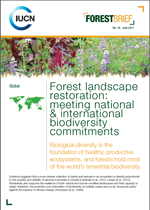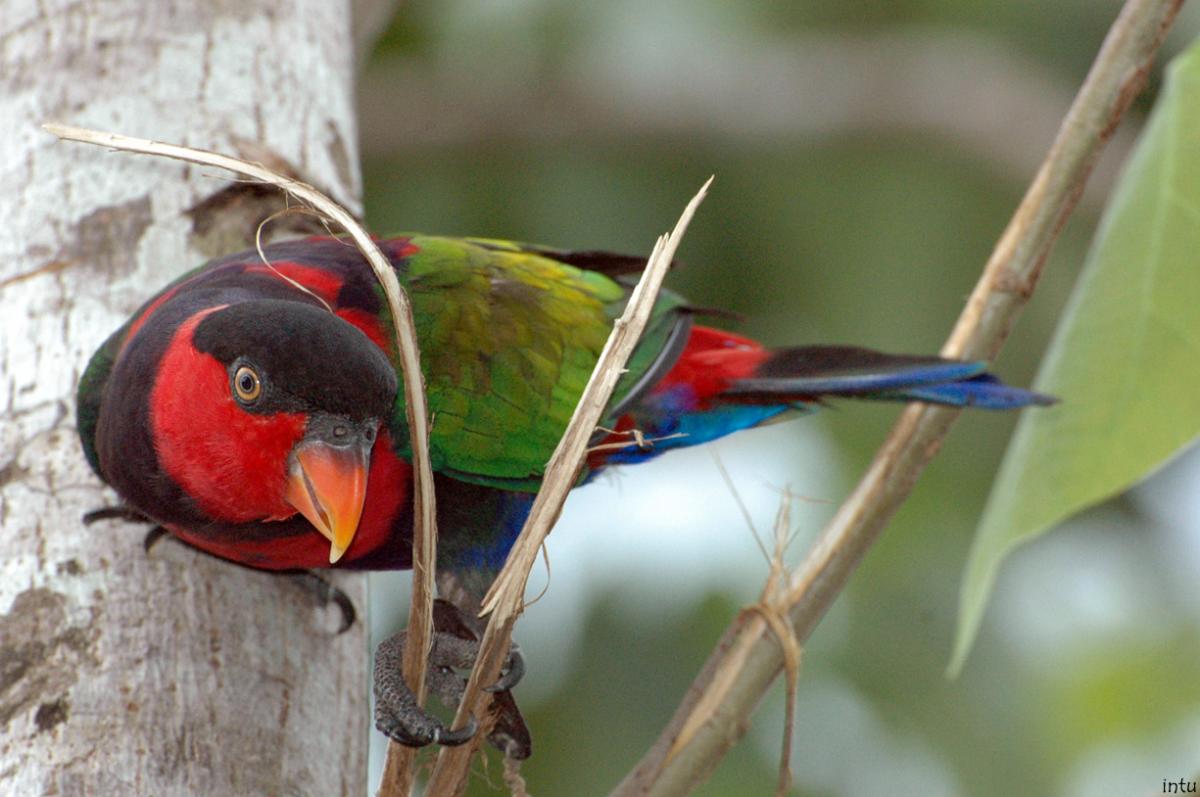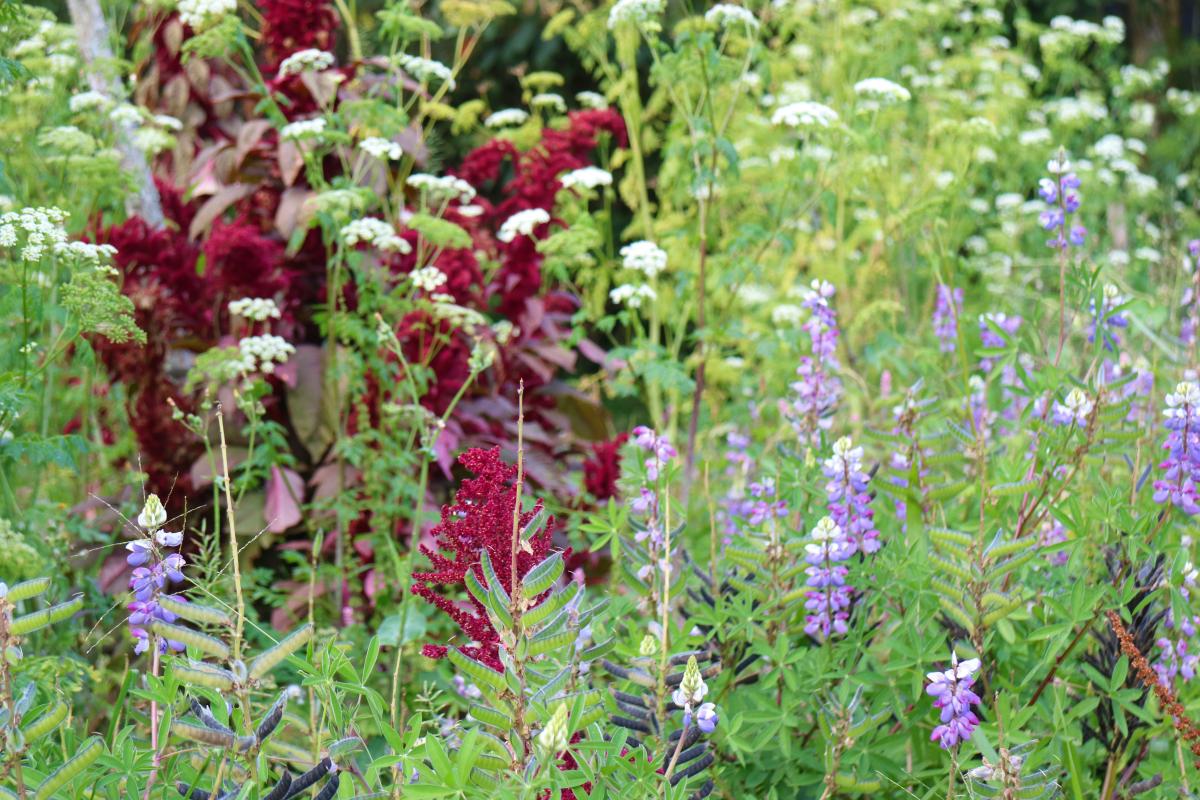Restoring biodiversity in degraded landscapes is not easy
IUCN’s Craig Beatty shares his thoughts on land degradation and species diversity, and affirms the need for biodiversity guidelines in forest landscape restoration assessments.
We know that, on a fundamental level, people depend on many and diverse plant and animal species for nearly everything – sometimes directly as food, fuel or as fibre. We depend on different species to regulate the air and clean our water sources. They are the food we eat, they are both our heroes and villains (think mosquitoes or poison ivy) and they form the fabric of life.
Landscape degradation is a manifestation of the decline of both the quantity of plants and animals and species diversity. Although complicated to fully explain, where and how land and water become degraded is often easy to recognize. Many people even have an inherent feeling for when an area is degraded, especially as time passes.
Landscape degradation reduces the functionality and productivity of the land, and leads not only to biodiversity loss, but also to poverty, social tension, inequity and hunger. Fortunately, countries have begun to recognize and reverse landscape degradation. Their actions are codified in many different national platforms and initiatives, and recognized and supported by international declarations, conventions and commitments like the Bonn Challenge. These political platforms demonstrate that people are working to restore at least some of what has been lost – biologically and socially – from decades of environmental apathy.
 Photo: IUCN
Photo: IUCN
To support these efforts, IUCN and key partners facilitate restoration assessments and knowledge exchanges to identify and quantify the social and ecological ingredients that lead to successful landscape restoration.
The pathways toward restoration are diverse and reflect both the local ecologies and the local people rebuilding the landscapes, but they all involve trading landscape processes that cause harm to biological diversity for those that support it. At its most basic, addressing landscape degradation is about supporting the persistence and growth of biodiversity – and in places where degradation is pervasive, landscape restoration remains the only viable long-term and sustainable option for supporting people.
The restoration of biodiversity is often a less-desirable and more expensive alternative to conservation. However, where landscapes have already suffered from degradation, there are many options for increasing ecological productivity. It starts with an assessment of the location and severity of degradation along with a complimentary assessment of where biodiversity would be a priority. It also requires consideration of how people are affected by a lack of biodiversity or ecosystem services. Other considerations are identifying which ecological processes could be restored, and what would be the most ecologically and socially responsible way to restore those ecological functions.
IUCN is currently working on Biodiversity Guidelines for Forest Landscape Restoration Assessments to provide key insights to these questions. Developed through a joint effort of IUCN’s Species and Forest Programmes, the guidelines provide for the explicit treatment of biodiversity during the restoration assessment process. These guidelines provide a significant resource for restoration practitioners, even those who may not be fluent in the science of biodiversity, to support the assessment and restoration of biodiversity through landscape-scale restoration planning and implementation processes that may not be primarily focused on biodiversity outcomes.
Whether landscape-scale restoration is primarily intended to support livelihoods, economies, culture, industry or agriculture, the success of these efforts will suffer without a thorough consideration of species and biodiversity. IUCN’s Biodiversity Guidelines for Forest Landscape Restoration Assessments, especially when incorporated in the Restoration Opportunities Assessment Methodology (ROAM), offers a foothold for restoration planners and practitioners by providing them with the underlying knowledge, resources and arguments for explicit consideration of biodiversity in their restoration assessments. Incorporating biodiversity should not be considered an additional burden in restoration, but instead should be embraced as a fundamental component of success.
Whether or not supporting biodiversity is the primary goal of an individual restoration project, it is one of the ultimate goals of forest landscape restoration. The long-term effects of healthy biodiversity serve to strengthen ecosystems, economies, and society. And that is always worth the effort.
Note: Biodiversity Guidelines for Forest Landscape Restoration Assessments will be available for download soon at iucn.org/forests.






